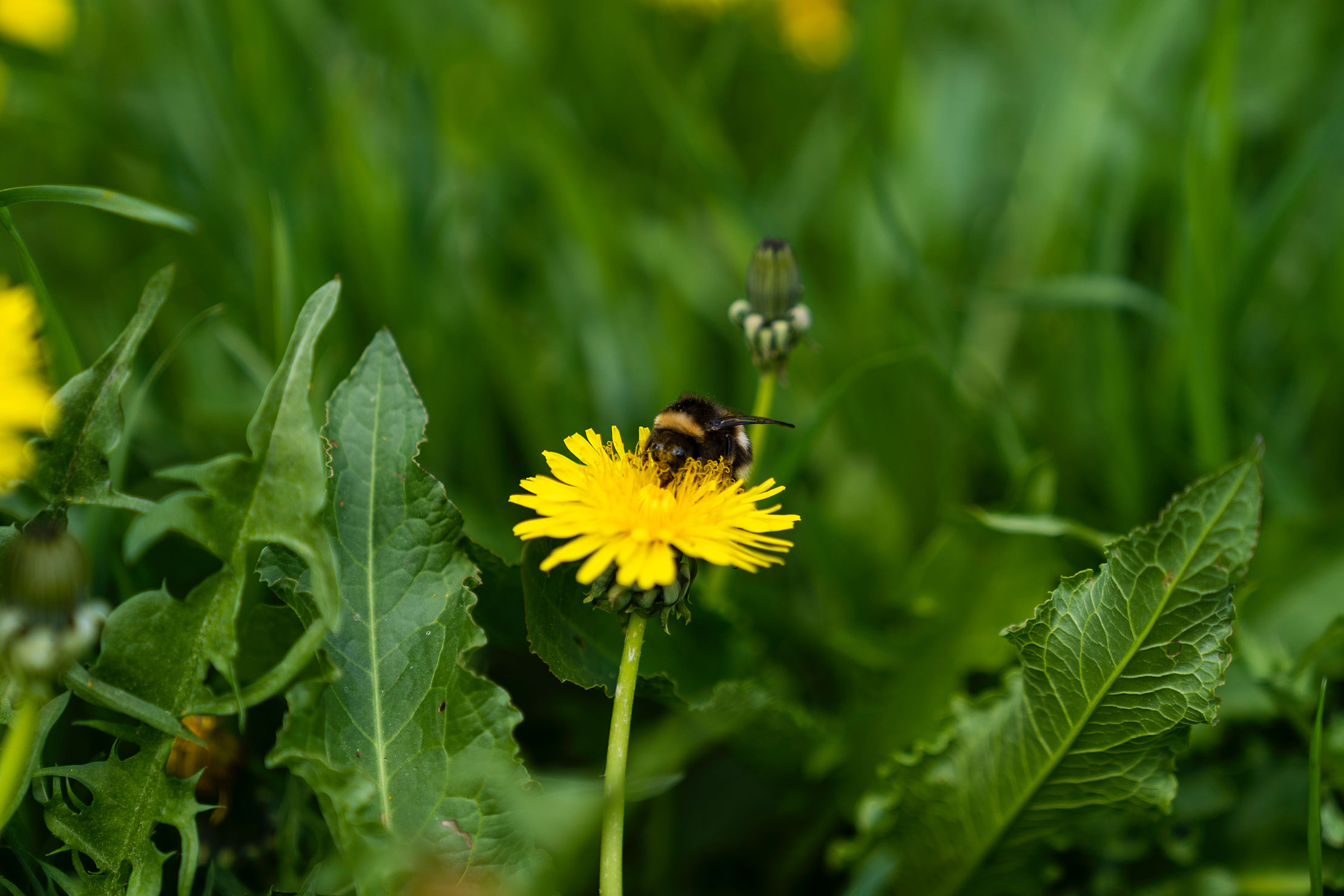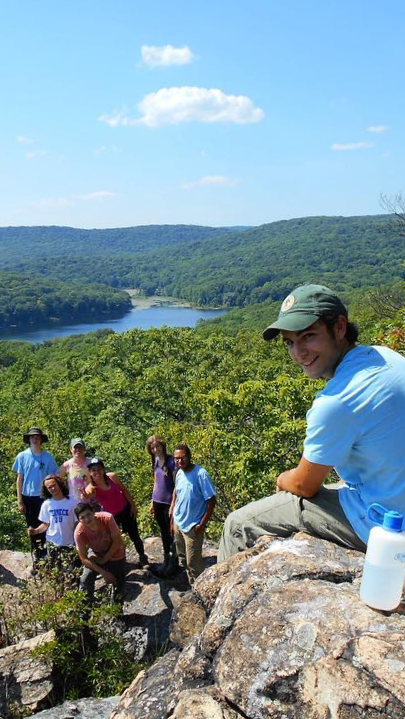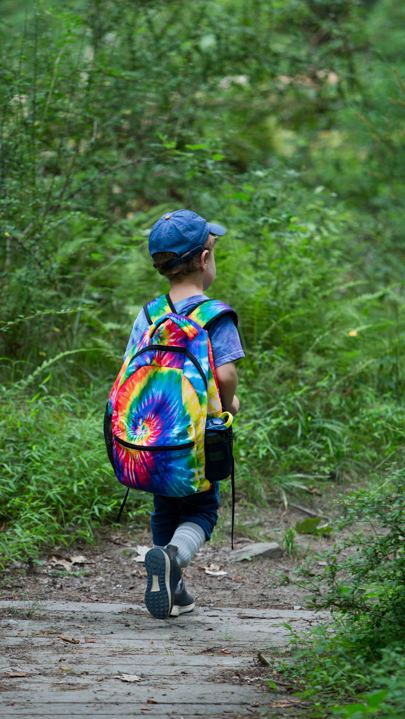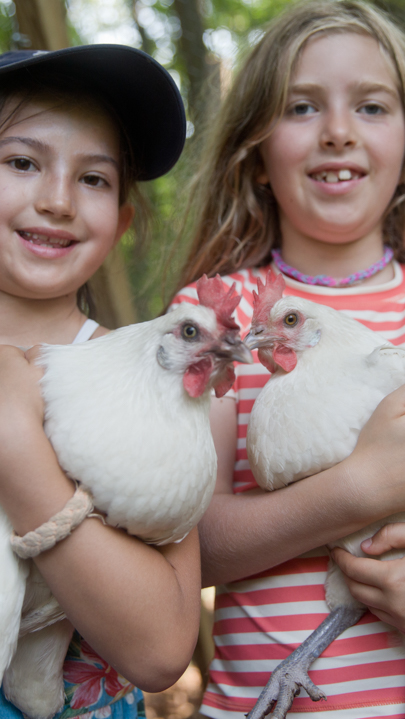The Persistent Forager

WILD FOOD FORAGER PAUL TAPPENDEN REMINDS US THAT THERE IS ALWAYS SOMETHING TO FORAGE, NO MATTER THE SEASON…
For us foraging types, February is a very challenging month. It is about now that I am usually climbing the walls, counting the days until spring. Once the snows cover the ground, whatever greens are left disappear from view, so we are pretty much left with what the trees have to offer. With few other options to distract me, I use the winter to brush up on my tree identification and to explore possible uses.
Pines are very versatile. They provide us with their needles for making teas and resin (for myriads of uses). The inner bark can be prepared and eaten (although I have yet to try it). The bark is also useful for making baskets. Other conifers can be used in similar ways.
The inner bark of Black Birch makes a delicious wintergreen flavored tea, or it can be fun to chew on a twig while walking in the woods. Sassafras root bark has a similar flavor and was originally used in making root beer (hence the name). Ardent herbalists and woodland dwellers use this season to gather some of the medicinal polypores such as Chaga, that inhabit the trunks of dying White Birch trees.
Just recently, a friend introduced me to Hickory syrup. She arrived at my house with a bag filled with chunks of loose bark that she had gathered from a Shagbark Hickory tree. We put it in the oven for about half an hour to give it a slightly smoky flavor. Then we put the bark into a large pan with several cups of water and two cups of organic sugar and simmered it until it had reduced down to a rich, brown syrup. I dipped a fingertip in and sampled our creation. It was delicious. Every bit as tasty as maple syrup (but way cheaper).
Speaking of maple syrup, before this month is out, we may also be tapping the Sugar Maples and other likely candidates (such as Birches) for making syrups and sugars, or just for drinking (a pleasure that everyone should experience at least once).
So, as you can see, for the persistent forager, the season never really ends.





